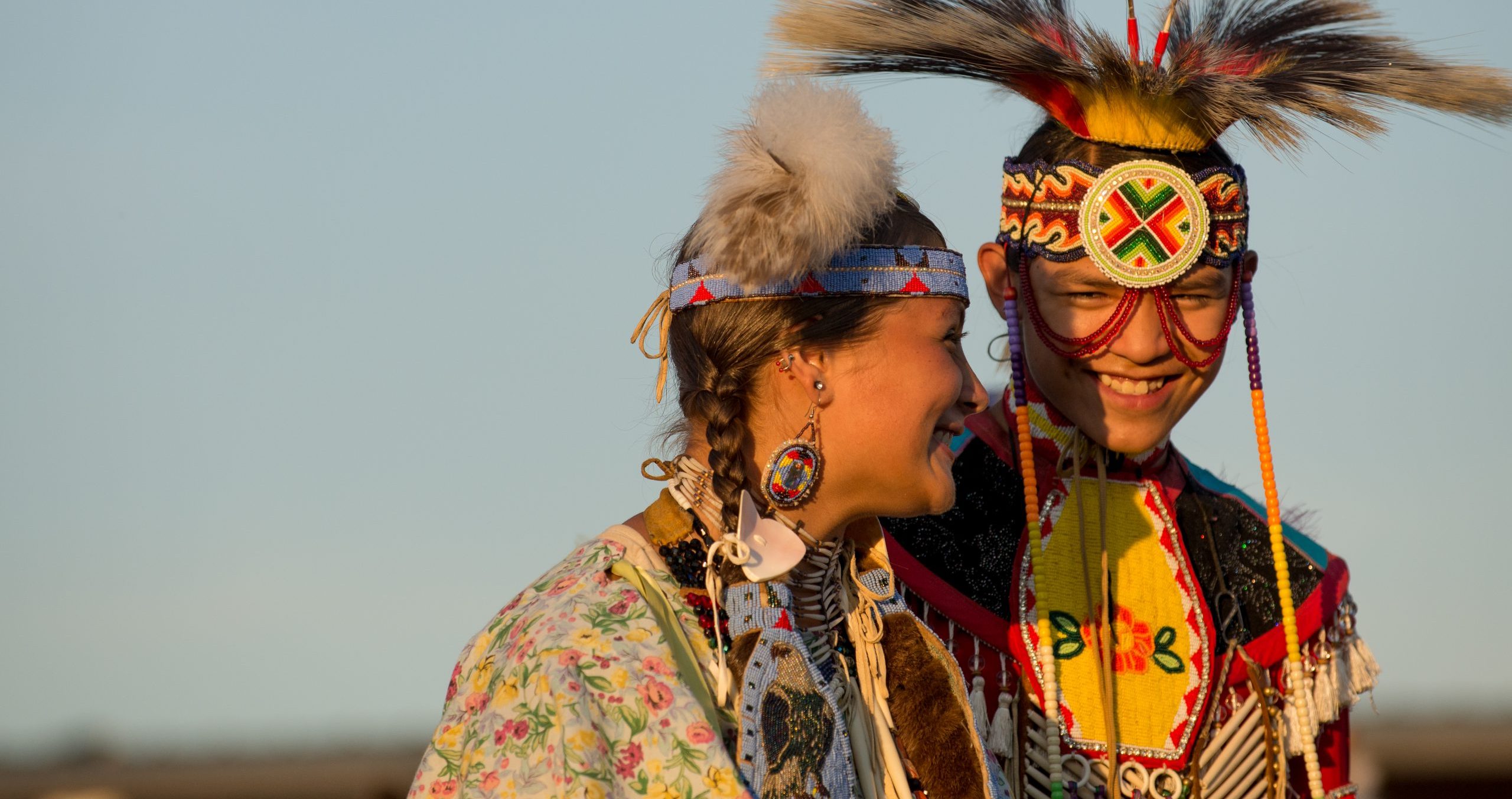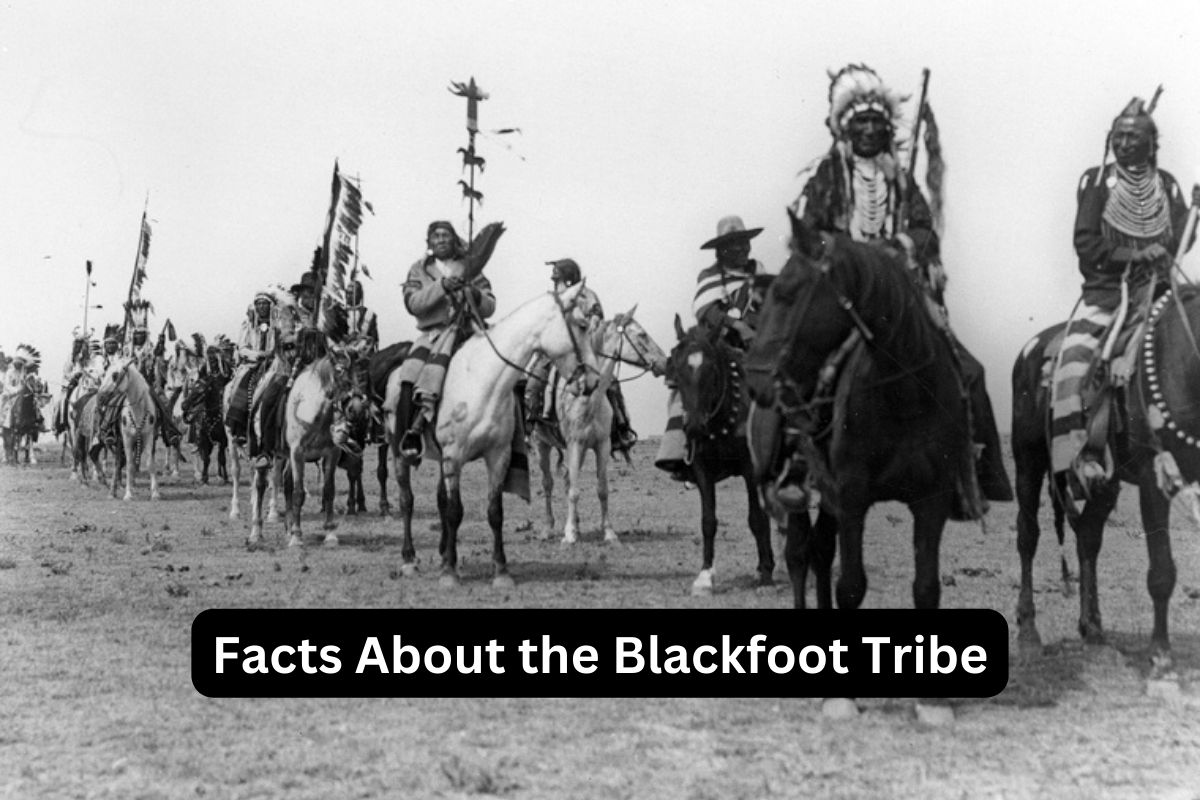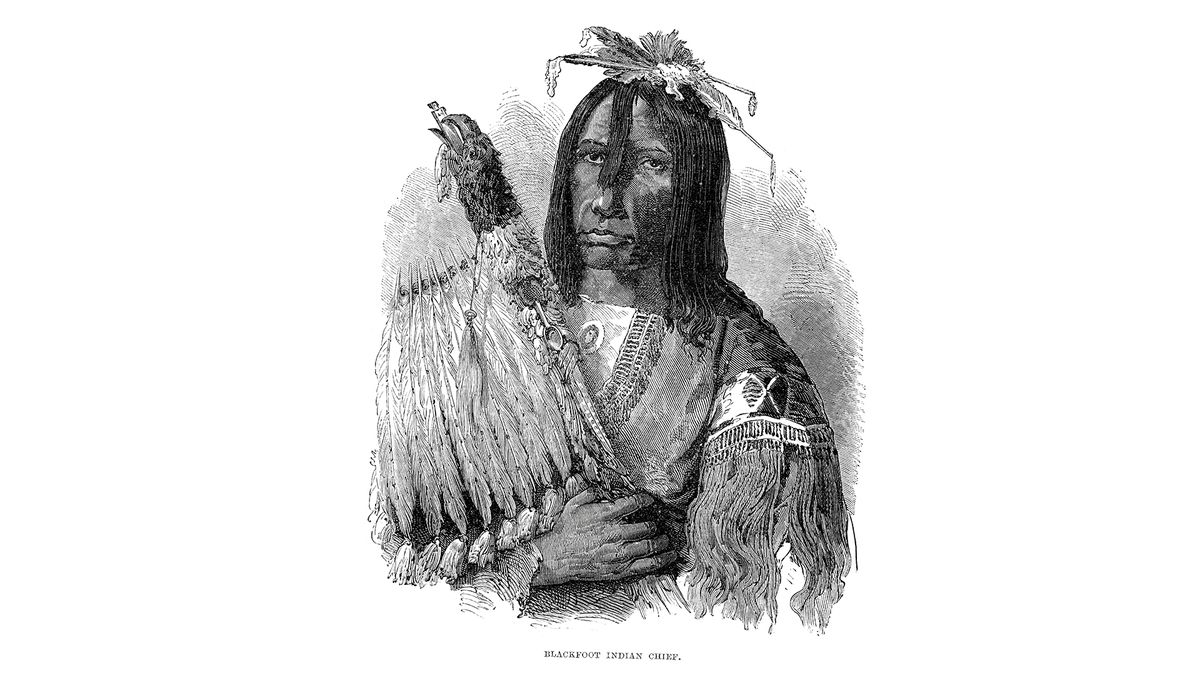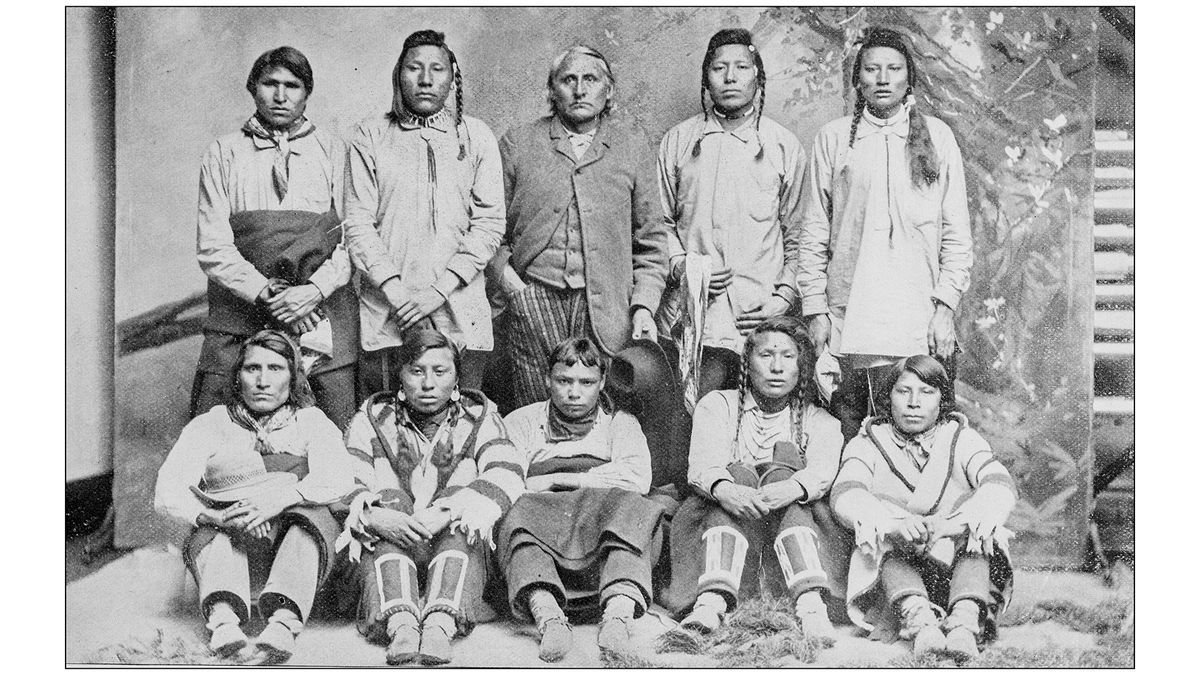
Echoes on the Prairie: Tracing the Blackfoot Confederacy’s Buffalo Range
The wind on the Canadian and American plains doesn’t just whisper through the fescue; it carries stories. Stories of thunderous hooves, of ancient hunts, of a people intrinsically linked to the land and its most magnificent creature: the buffalo. For a traveler seeking not just a destination but a profound connection to history, culture, and an ecosystem, there’s no journey more resonant than tracing the historical buffalo range of the Blackfoot Confederacy. This isn’t a review of a single park or museum, but an immersive exploration of a vast, sacred landscape, guided by the invisible lines of historical buffalo range maps – maps that once dictated life, survival, and spiritual identity.
Forget static exhibits; this is a living, breathing experience that unfurls across the sprawling territories of what is now Southern Alberta, Northern Montana, and parts of Saskatchewan. My "review" of this immense, historical "location" is one of awe, respect, and deep reflection, urging every conscious traveler to embark on their own pilgrimage across this hallowed ground.
The Landscape as the Primary Exhibit

The first thing that strikes you when you venture into this territory is the sheer, unadulterated scale. The sky is immense, stretching from horizon to horizon, painted with dramatic cloud formations. The land itself rolls in gentle undulations, broken by coulees, river valleys, and the occasional dramatic outcropping of hoodoos. This is the canvas upon which the Blackfoot (Siksika, Kainai, Piikani, and Amsskaapipiikani) Confederacy lived for millennia, and it immediately becomes clear why the buffalo, or Iinii, thrived here. The rich grasslands, fed by snowmelt from the distant Rockies, were a perfect larder for millions of these majestic animals.
Historical buffalo range maps, even in their abstract form, illustrate this vastness. They show a fluid territory, shifting with the seasons and the herds, a testament to the Blackfoot’s intimate knowledge of their environment. As you drive or hike through these areas today, the landscape itself is the most powerful interpretive center. You begin to see the land through different eyes – eyes that searched for buffalo trails, for water, for shelter, for signs of the next great hunt. The silence, often broken only by the wind or the call of a hawk, allows for a profound sense of connection to that ancient past.
Head-Smashed-In Buffalo Jump: A Visceral Gateway
No journey into the Blackfoot buffalo range is complete without a visit to Head-Smashed-In Buffalo Jump, a UNESCO World Heritage Site in Southern Alberta. This isn’t merely a historical landmark; it’s a visceral, awe-inspiring testament to the ingenuity, collective effort, and profound respect the Blackfoot held for the buffalo.

The interpretive center, built subtly into the side of the cliff, is world-class. It guides you through thousands of years of history, explaining the complex communal hunting techniques used by the Blackfoot and other Indigenous peoples of the plains. You learn about the "piskun" – the drive lanes, the jump itself, and the processing camps below. But it’s stepping out onto the cliff edge, looking down at the kill site below, that truly takes your breath away.
Here, the historical maps come alive. You can visualize the massive herds being driven by skilled runners, the carefully constructed cairns guiding them, the terrifying momentum building as they thundered towards the precipice. The sheer scale of the operation, the communal spirit required, and the respect shown for the buffalo, utilizing every part of the animal, is profoundly moving. It’s a place that speaks not just of hunting, but of sustainable living, spiritual connection, and an intimate understanding of the ecosystem. My review: essential, humbling, and utterly unforgettable. It’s a place that will shift your perspective on humanity’s relationship with the natural world.
Writing-on-Stone / Áísínai’pi: Sacred Art and Spiritual Connection
Venturing further east, into the otherworldly landscape of Writing-on-Stone Provincial Park / Áísínai’pi National Historic Site, offers another crucial dimension to understanding the Blackfoot Confederacy’s historical range. This is a place where the earth itself seems to have been sculpted by ancient spirits, with its iconic hoodoos rising like silent sentinels from the Milk River valley.

Áísínai’pi, meaning "it is pictured/written" in Blackfoot, is one of the largest concentrations of Indigenous rock art on the North American Plains. The petroglyphs and pictographs etched and painted onto the sandstone cliffs offer direct, tangible links to the spiritual and daily lives of the Blackfoot and other Indigenous peoples who gathered here for millennia. You’ll see depictions of warriors, horses, ceremonial figures, and, crucially, buffalo. These images aren’t just art; they are historical records, spiritual prayers, and maps of a different kind – maps of consciousness and belief.
Walking among these ancient carvings, guided by Indigenous interpreters who share the stories and meanings behind the art, is a deeply spiritual experience. It connects you to the profound reverence the Blackfoot held for the land and the buffalo, seeing them not just as resources but as interconnected parts of a sacred whole. This site enriches the understanding gleaned from Head-Smashed-In, adding layers of spiritual depth and cultural continuity. It’s a place of quiet power, where the past speaks directly to the present.
Beyond the Iconic: Exploring the Broader Range
While Head-Smashed-In and Writing-on-Stone are pivotal, the true experience of the Blackfoot buffalo range lies in exploring the broader landscape. This includes:
- Museums: The Glenbow Museum (Calgary) and the Royal Alberta Museum (Edmonton) house extensive collections of Blackfoot artifacts, historical photographs, and detailed exhibits on the buffalo hunt, offering crucial context and understanding before or after your field exploration.
- Modern Blackfoot Reserves: Traveling near or through the modern reserves of the Blackfoot Confederacy – Kainai (Blood Tribe), Siksika Nation, Piikani Nation in Alberta, and the Blackfeet Nation (Amsskaapipiikani) in Montana – provides an opportunity to recognize the enduring presence and resilience of the Blackfoot people. Many of these nations offer cultural centers, events, and opportunities to learn directly from community members, further enriching your understanding of their ongoing connection to the land and their heritage. Respectful engagement is paramount here.
- Grasslands National Park (Saskatchewan): Though primarily associated with the Lakota/Nakota, this park represents a pristine example of the northern Great Plains ecosystem where buffalo once roamed freely. It’s an opportunity to see plains bison reintroduced to their ancestral lands, offering a glimpse of what the landscape might have looked like centuries ago. The experience of spotting a herd of bison grazing on the vast prairie is nothing short of magical, a true "time travel" moment.

The Journey Itself: A Meditation on Time and Connection
Traveling through this vast historical range isn’t a quick hop between sites; it’s a journey that demands time and introspection. The long drives, the expansive vistas, the changing light – all contribute to a meditative experience. You’re not just observing history; you’re immersed in the environment that shaped it.
The historical buffalo range maps, though unseen, become your true guides. They evoke a landscape teeming with life, where every river crossing, every prominent hill, every sheltered coulee held significance. The silence of the plains today, contrasted with the imagined thunder of millions of hooves, creates a powerful sense of both loss and enduring spirit. It makes you reflect on the devastating impact of the buffalo’s near-extinction, the subsequent disruption to Indigenous lifeways, and the incredible resilience of the Blackfoot people who have maintained their culture and connection to this land despite immense challenges.
Respectful Travel: A Prerequisite
When reviewing a place so deeply entwined with Indigenous history and culture, it’s crucial to emphasize the importance of respectful travel. This means:
- Educate yourself: Read books, watch documentaries, and visit interpretive centers to understand the history and perspectives of the Blackfoot Confederacy.
- Listen and learn: If you have the opportunity to interact with Indigenous community members, listen actively and respectfully to their stories and knowledge.
- Support Indigenous businesses: Seek out and support local Indigenous-owned businesses, artists, and cultural initiatives.
- Leave no trace: Practice responsible tourism, respecting the land and leaving it as you found it.
- Acknowledge the past and present: Understand that this land holds a complex history of both thriving Indigenous cultures and colonial impacts.
The Verdict: A Journey of Profound Discovery
My review of the Blackfoot Confederacy’s historical buffalo range maps, and the living landscape they represent, is unequivocally five stars. This isn’t a typical "tourist destination" with a checklist of attractions. It’s a journey of profound discovery, an educational and spiritual experience that reshapes your understanding of history, ecology, and Indigenous culture.
It’s a place where the wind carries not just the scent of prairie grass, but the echoes of buffalo, of hunters, of ancient songs. It’s a reminder of the delicate balance between humanity and nature, and the enduring spirit of a people who have stewarded this land for countless generations. To travel this range is to walk in the footsteps of giants – both human and animal – and to emerge with a deeper appreciation for the interconnectedness of all things. Pack your sense of wonder, your hiking boots, and an open heart. The Blackfoot buffalo range is waiting to tell you its story.

